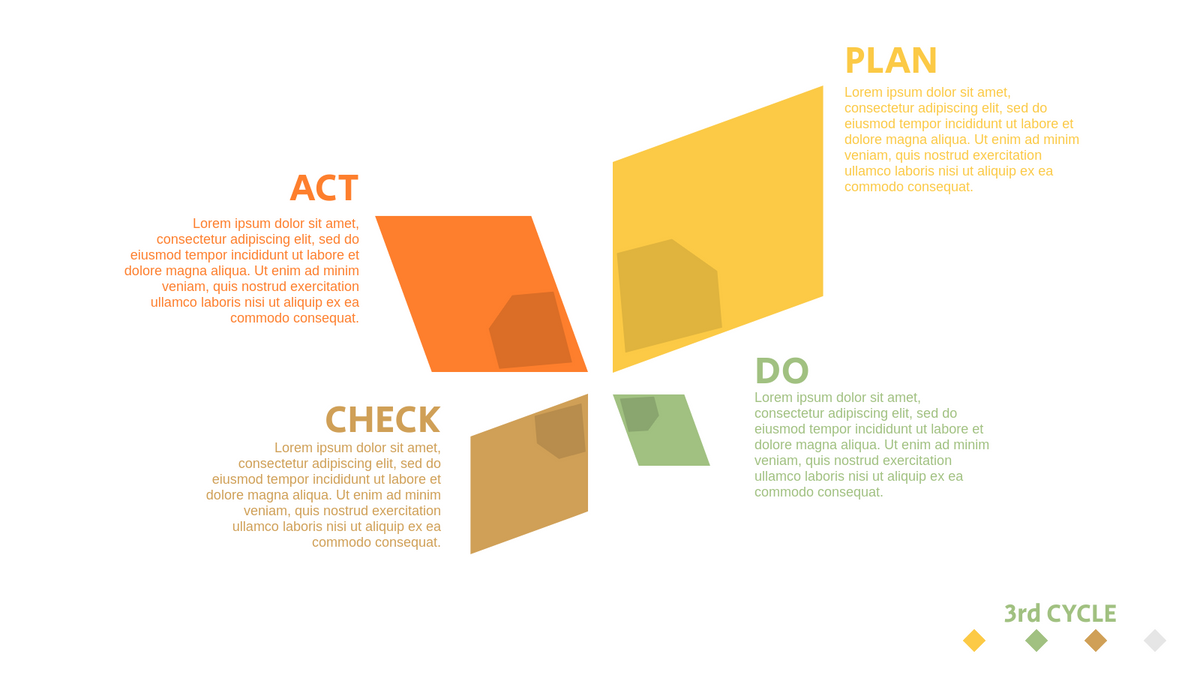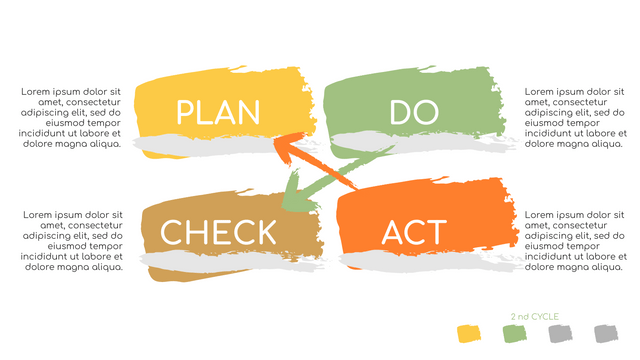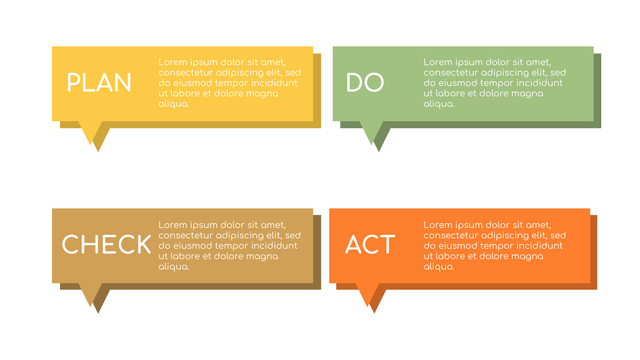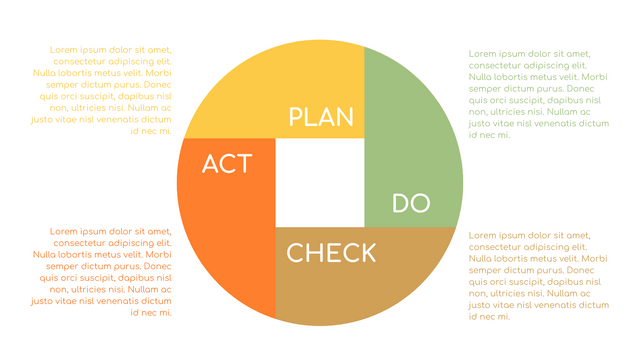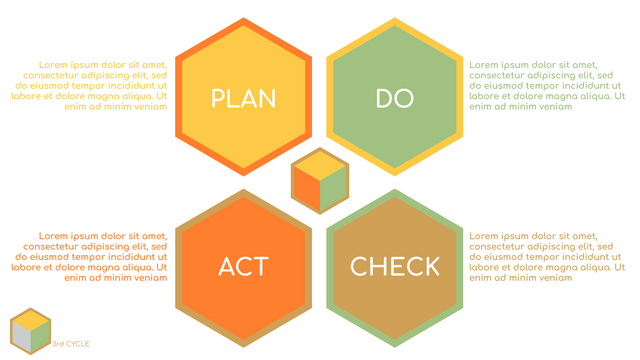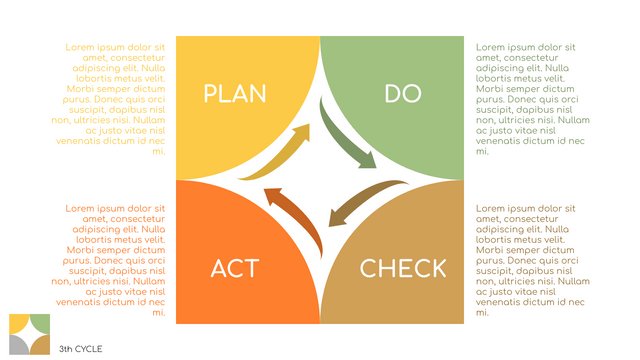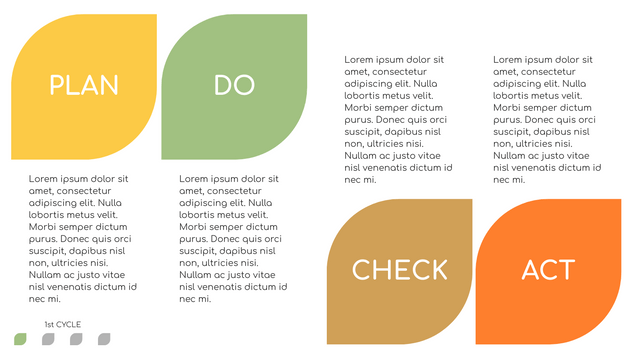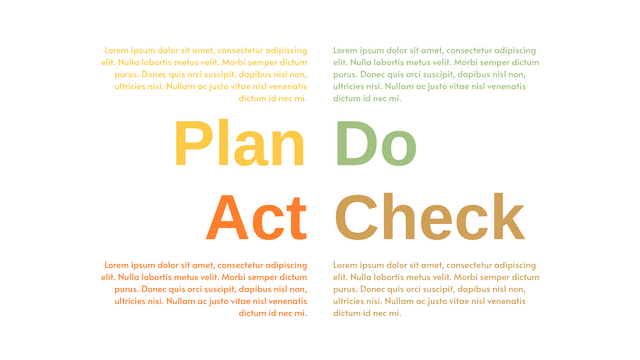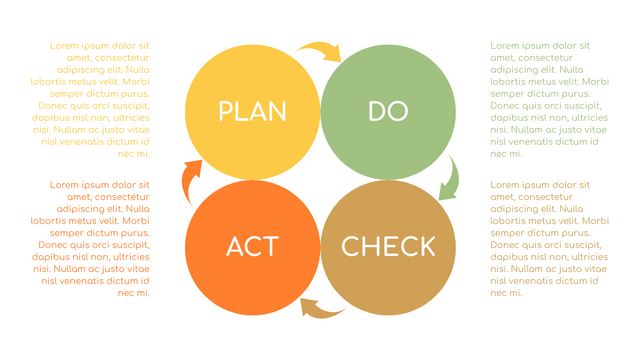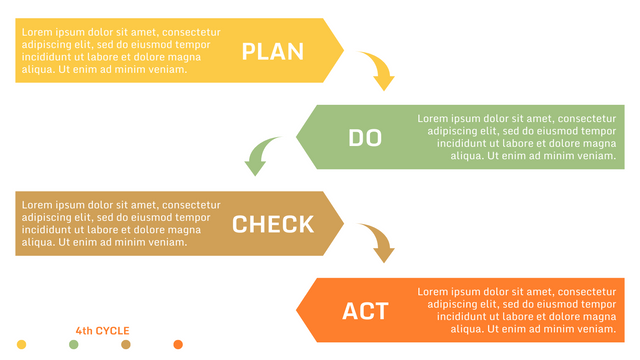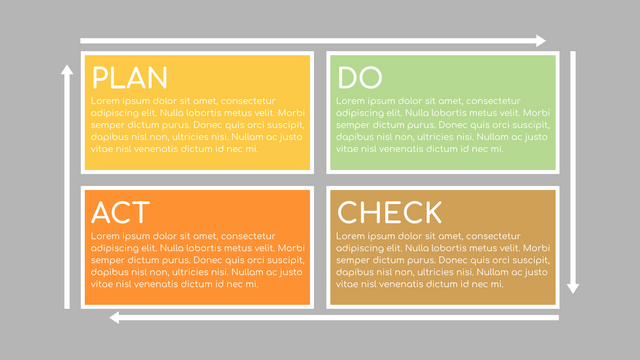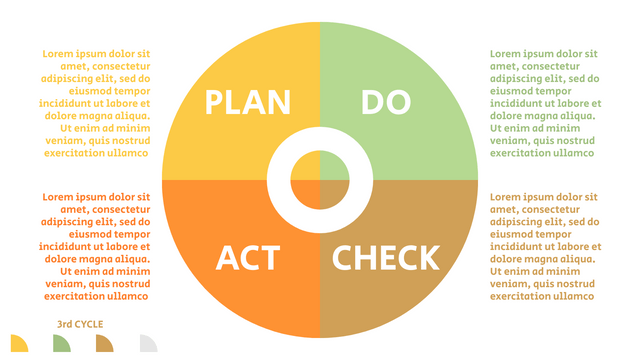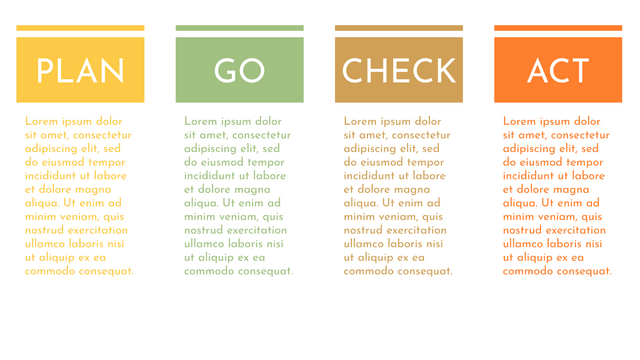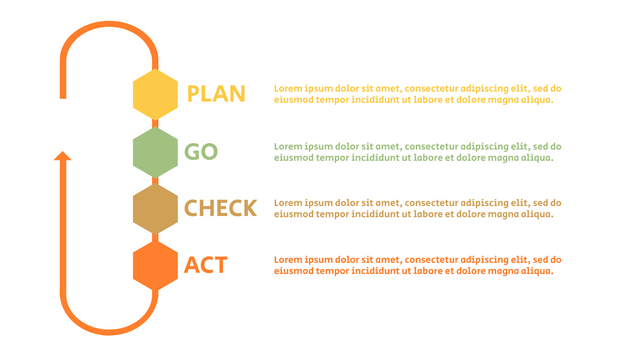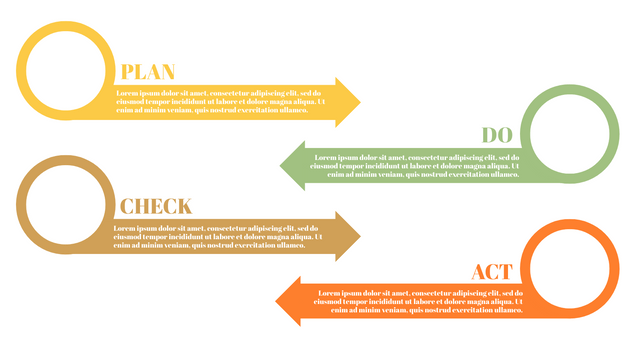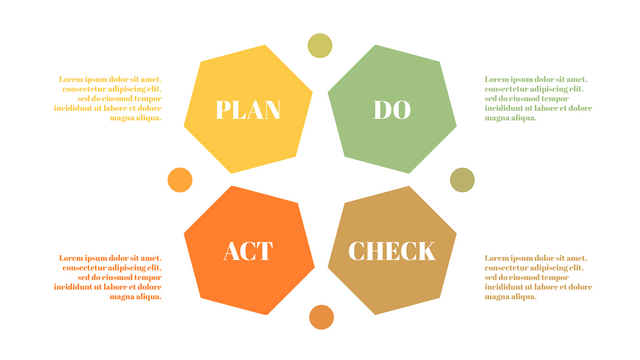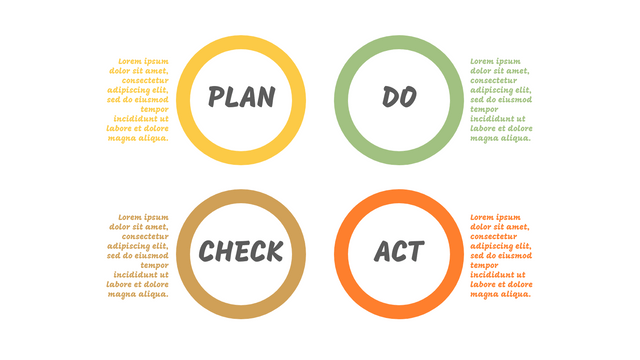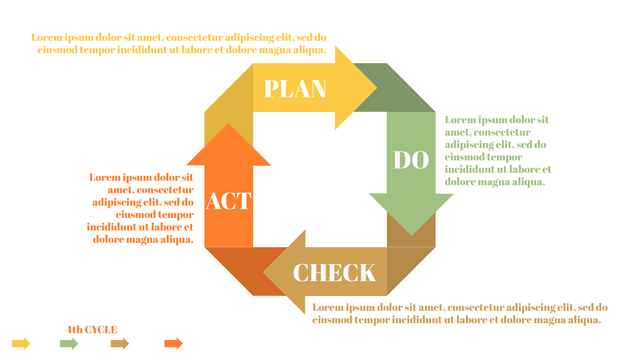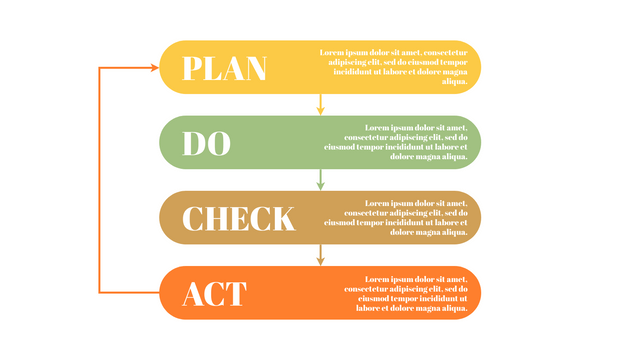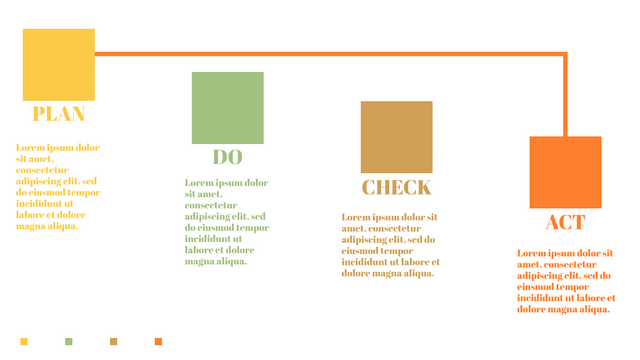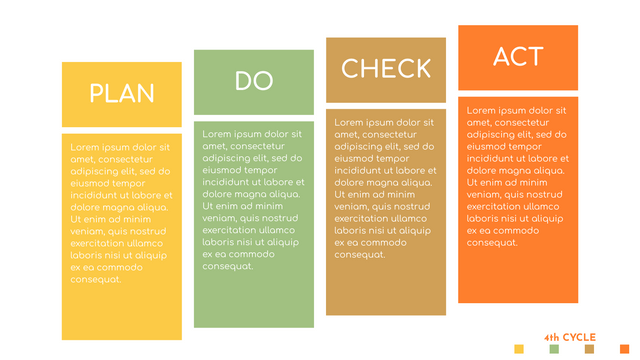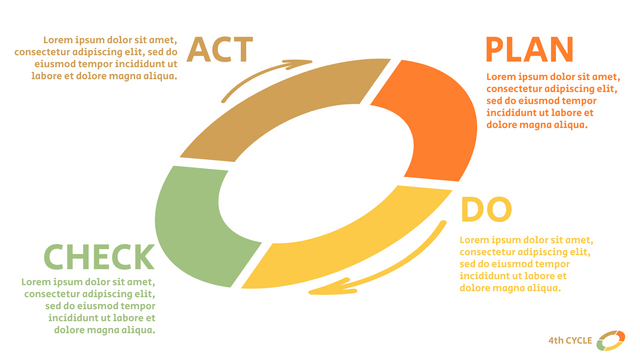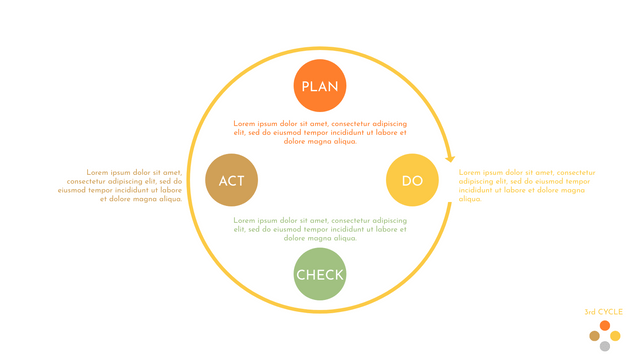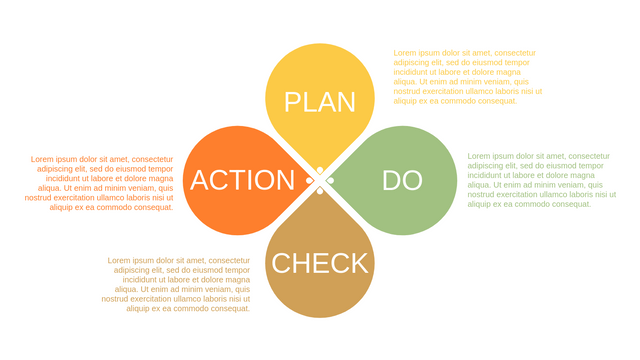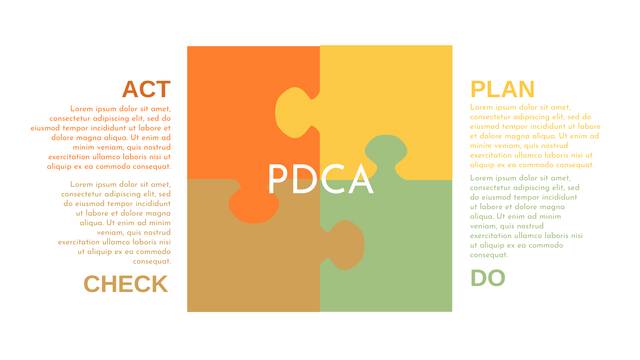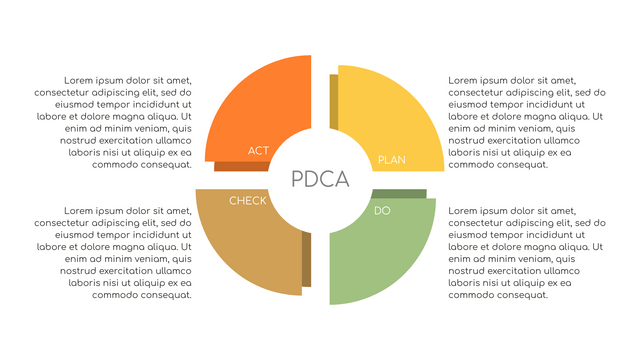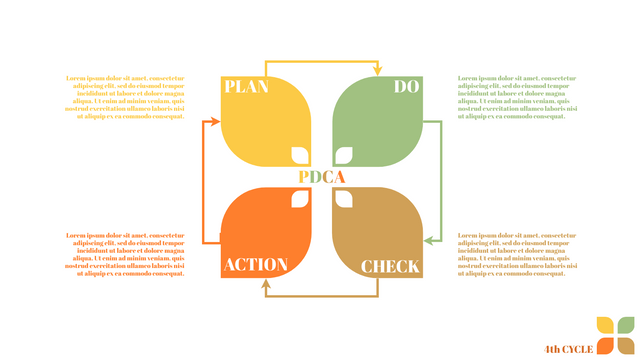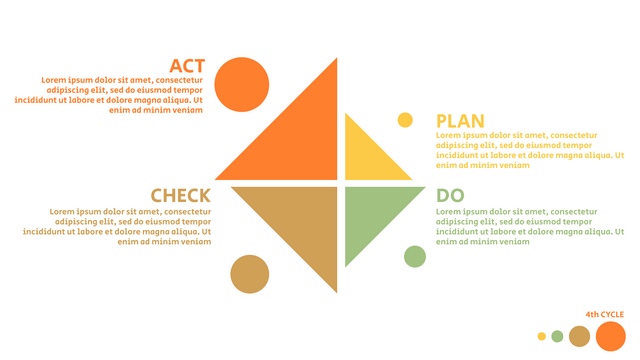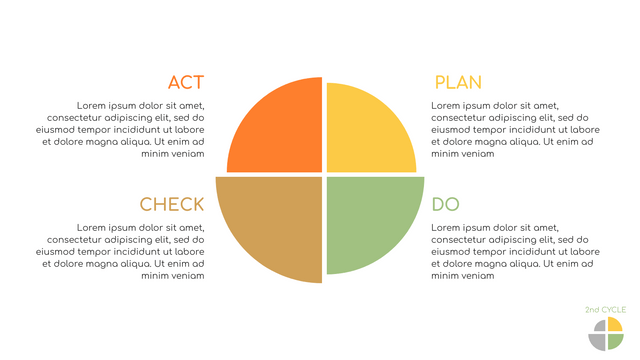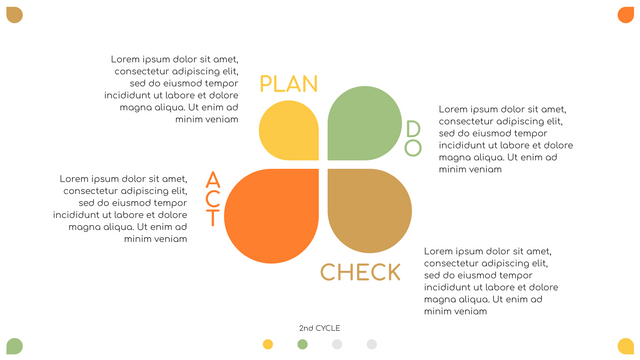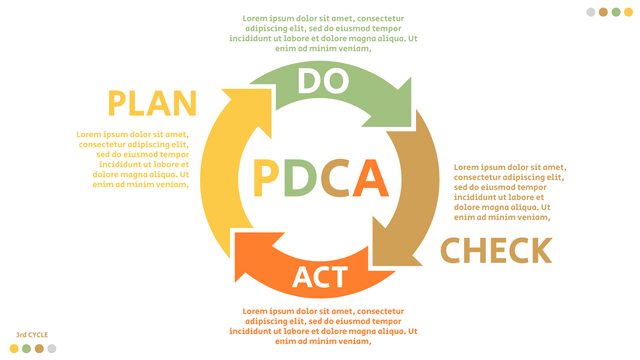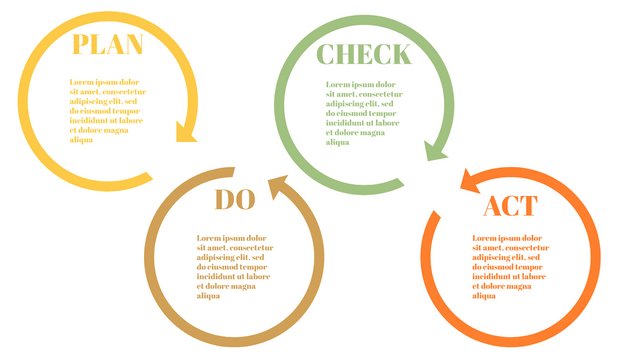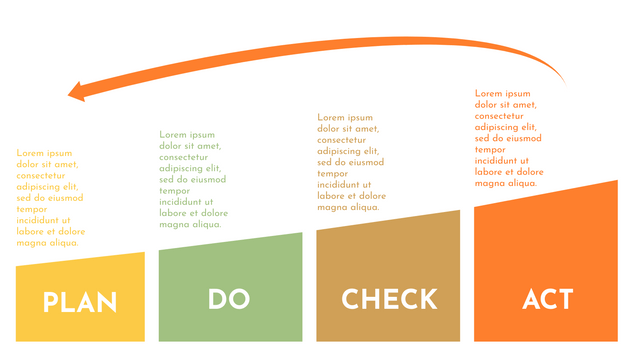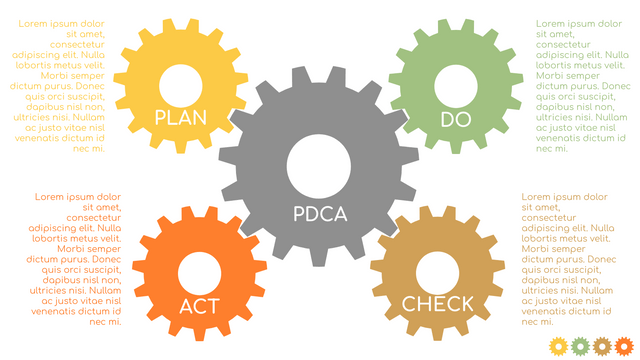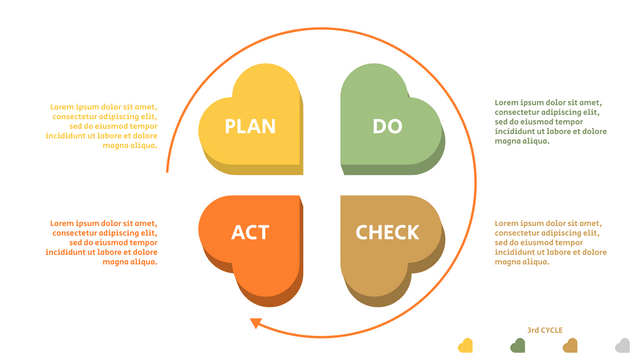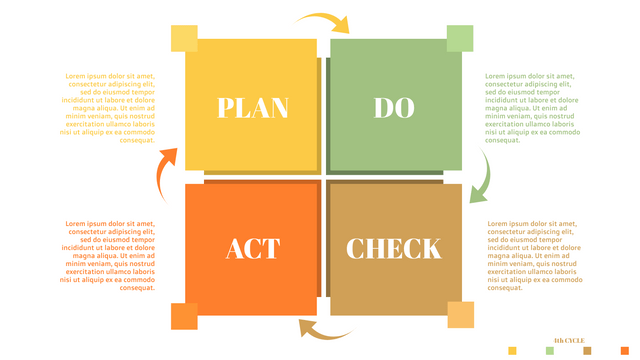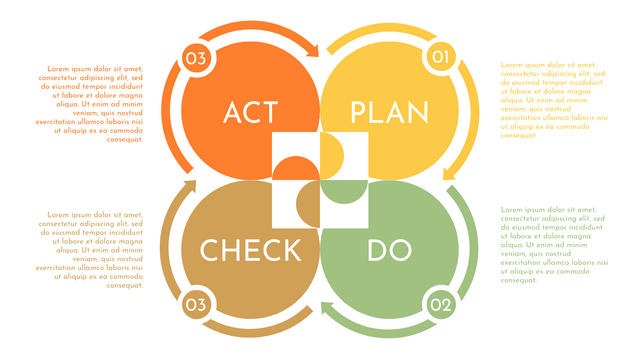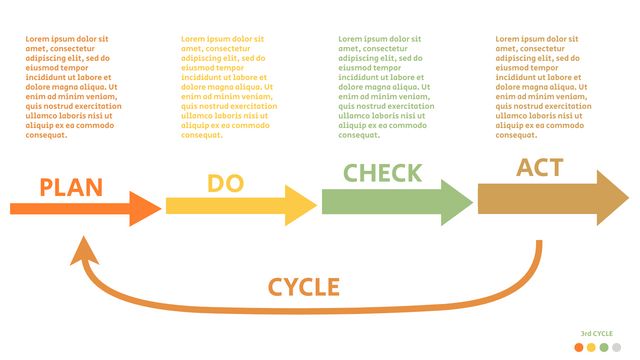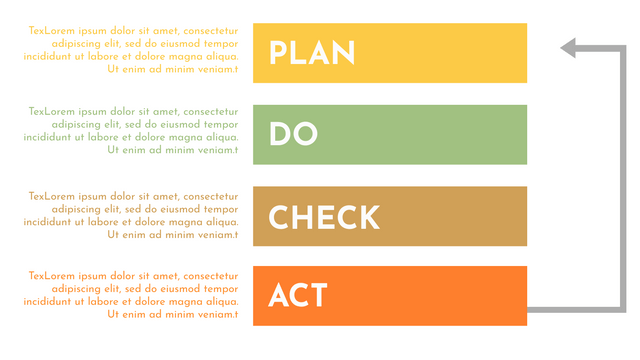History of PDCA
In the 1950s, a man named W. Edwards Deming's management consultant created the Plan-Execute-Check-Action (PDCA) cycle as a framework for continuous improvement. PDCA, also known as the Daming or Shewhart cycle, had an early influence on Toyota's lean production methods.
What is PDCA cycle?
PDCA, or Deming cycle, is a quality management technique used to implement a continuous improvement strategy in an enterprise. PDCA cycle, also known as continuous improvement spiral, is a way to optimize the process by identifying the causes of problems and correcting them.
One of the basic principles of PDCA is that once confirmed (or denied), it is iteratively executed to further expand knowledge. Repeating the PDCA cycle brings us closer to our goal and ultimately achieves perfect operation and output.
Deming's PDCA cycle
Plan - At this stage, your goals are defined and your team makes predictions about what will happen and why.
Do - This is the stage where your team executes the plan and collects data.-
Check - In this stage, your team analyzes the test cycle and reflects on what you've learned. You will compare the results with the projections in the planning phase and draw conclusions based on the data collected.
Act - In this final stage, the team decides if any improvements or modifications are needed to the changes you are attempting. This may lead to additional iterative cycles, restarting the planning process.
In every PDCA cycle, the quality of the team will be continuously improved.
